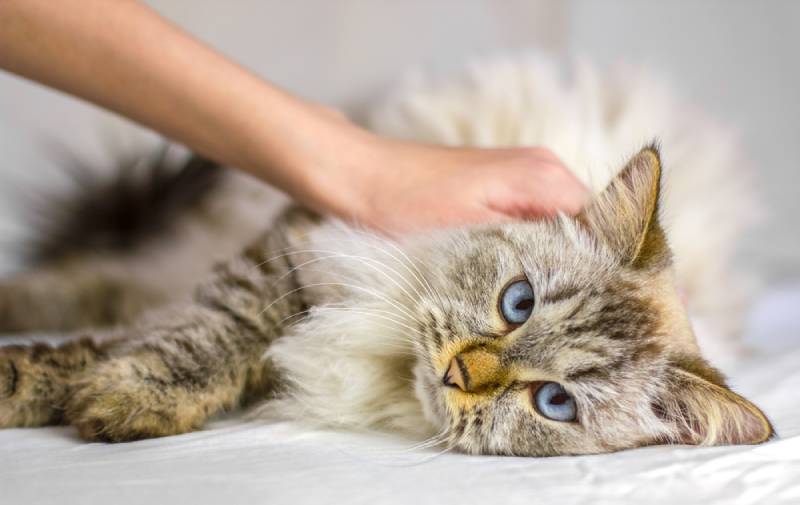Feline leukemia is a serious disease that can cause a wide range of signs in cats, including anemia, weight loss, and infections. Unfortunately, there is no cure for feline leukemia, and it can be fatal. As such, euthanasia may be considered when a cat’s condition deteriorates to the point where they are suffering and their quality of life is severely diminished. In this article, we’ll discuss when euthanasia may be an option for a cat with feline leukemia and how to make the difficult decision.
When Is Euthanasia an Option?
There are certain signs that indicate a cat’s condition has deteriorated to the point where they are suffering and their quality of life is extremely limited. In such cases, euthanasia will be an option that should be discussed with a vet.
Some of these signs include:
- Weight loss and/or inability to maintain muscle mass
- Loss of appetite and/or refusal to eat or drink
- Difficulty breathing, including labored breathing and panting
- Weakness, lethargy, and general lack of energy
- Persistent vomiting and diarrhea
- Frequent infections that do not respond to treatment
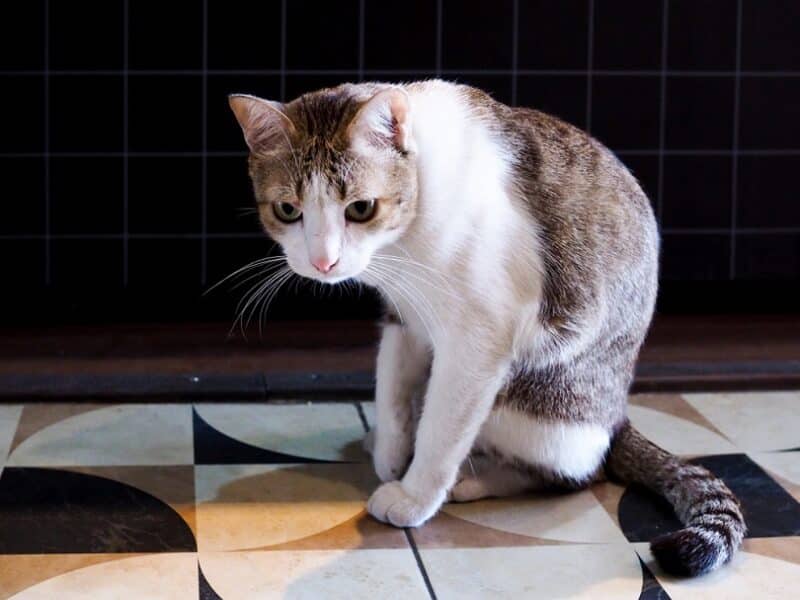
Making the Decision
When it comes to making the decision about whether to euthanize a cat with feline leukemia, there are several factors that should be taken into consideration. Consulting your veterinarian is the best way to get a professional opinion on your cat’s condition and the available options. It’s also important to discuss any emotional or financial concerns you may have with your vet.
Although it can be difficult to make this decision, it’s important to remember that euthanasia may be the most humane option for a terminally ill cat. Ultimately, it’s up to you as the pet owner to decide what is best for your cat in their particular situation.
What to Do if You’re Still Not Sure?
If you’re still not sure whether to euthanize your cat with feline leukemia, it’s important to talk to your vet, as well as other professionals who can provide help and support. It might also be beneficial to reach out to friends and family members for emotional support during this difficult time.
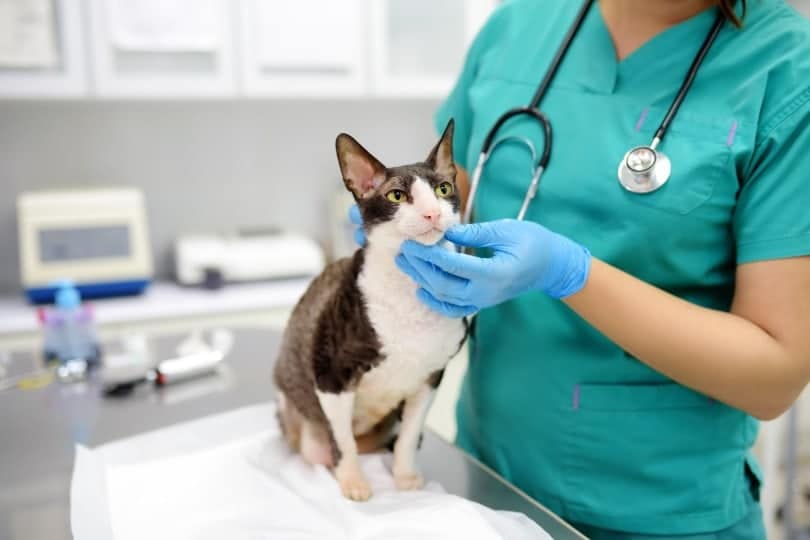
Are There Any Treatments I Can Try First?
If your cat’s condition is not yet severe enough for euthanasia, there are a few treatments that may be able to provide some relief. These include anti-inflammatory medications, antibiotics, and immune system-boosting supplements. However, it’s important to speak to your vet about these options before pursuing any treatment plan.
What to Do if I Disagree With My Vet About Euthanasia?
If you disagree with your vet’s recommendation to euthanize your cat, it’s important to discuss the situation in more detail. Your vet should be able to provide clear and detailed information about why they think euthanasia is the best option for your cat. If you still have doubts or concerns, you may want to seek a second opinion from another vet, but remember that the decision is ultimately up to you.
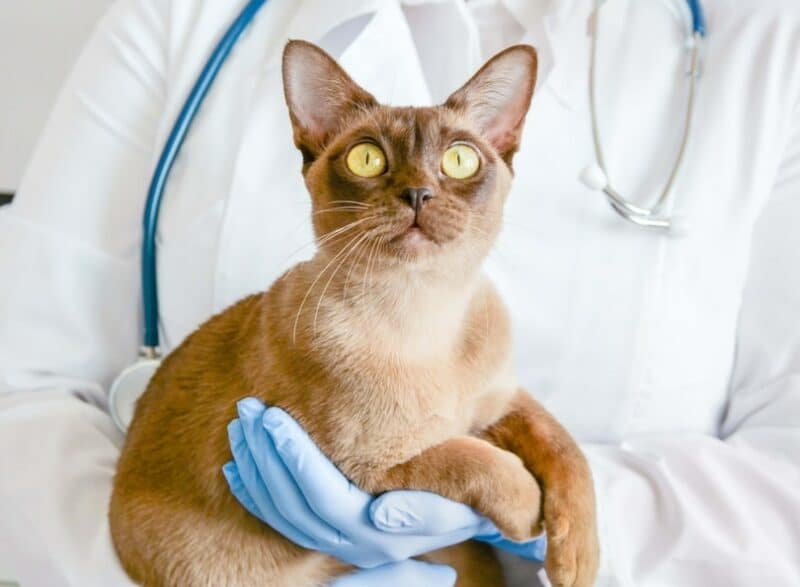
What Is the Euthanasia Process Like?
The euthanasia process usually takes place in the veterinarian’s office and involves sedating your pet and then administering a lethal injection. It is relatively painless and provides a peaceful passing for your pet. Most vets encourage you to be there with you during your cat’s final moments so that you can provide comfort and support.
What Happens After My Cat Has Passed?
After your cat has passed, you will have to decide what to do with their body. Most vets offer cremation services that can help make the decision simpler. Depending on your wishes, they may be able to provide a private or communal cremation service so that you can keep part of your pet’s ashes or have them scattered in a place that was special to them. They may also collect hair, a paw print, or other mementos for you to keep.

Why Do People Say Ending a Pet’s Suffering Is the Kindest Thing You Can Do?
Ultimately, euthanasia can be seen as a humane way of ending a pet’s suffering when they have an incurable condition, such as feline leukemia. By allowing your cat to pass away peacefully and humanely, you are giving them a dignified end to their life and sparing them from any further pain or discomfort. By providing a caring and compassionate environment in their final moments, you can ensure that your pet’s last memories are filled with love and comfort.
Euthanasia is not an easy decision to make, but it can sometimes be the best option for cats with feline leukemia.

FAQ About Euthanasia
Are there any other options available aside from euthanasia?
It’s important to talk to your vet about all the available options for your cat. Depending on their condition, there may be certain treatments or palliative care plans that can help manage their signs and improve their quality of life. Ultimately, the decision is up to you, and your vet will be able to provide guidance and support.
It’s important to remember that euthanasia may not always be the only option for cats with feline leukemia. However, in some cases, it may be the kindest choice. Be sure to consult with your vet before making any final decisions.
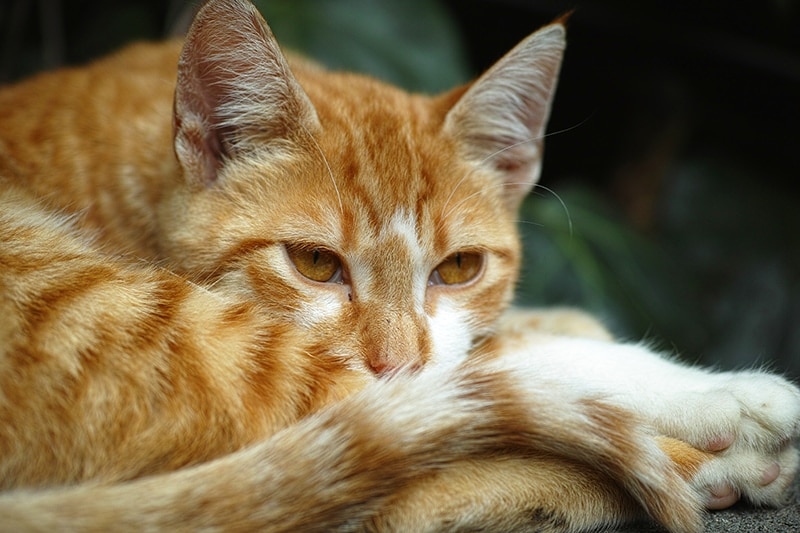
Is it normal to feel guilty after making the decision to euthanize my cat?
It is completely normal and understandable to feel guilt, sadness, and grief after making the difficult decision to euthanize your pet. However, it’s important to remember that you have done everything in your power to provide your cat with a peaceful end and to make sure their last moments were surrounded by love. It is important to take time to grieve and honor the life of your pet, but it’s also important to remember that you have chosen the kindest possible option for them.
Final Thoughts
Euthanasia is a difficult decision for any pet owner to make, but in the case of cats with feline leukemia, it may be the most humane option when their condition has deteriorated so severely that they are suffering, and their quality of life is extremely limited.
It is important to remember that making the decision to euthanize a cat with feline leukemia does not make you a bad pet parent. It simply means that you are doing what’s best for your beloved companion animal. If you are struggling with this decision, please speak with your veterinary team who will be able to provide support and advice on available options.
Featured Image Credit: Olesya Alexandrova, Shutterstock
Contents
- When Is Euthanasia an Option?
- Making the Decision
- What to Do if You’re Still Not Sure?
- Are There Any Treatments I Can Try First?
- What to Do if I Disagree With My Vet About Euthanasia?
- What Is the Euthanasia Process Like?
- What Happens After My Cat Has Passed?
- Why Do People Say Ending a Pet’s Suffering Is the Kindest Thing You Can Do?
- FAQ About Euthanasia
- Are there any other options available aside from euthanasia?
- Is it normal to feel guilty after making the decision to euthanize my cat?
- Final Thoughts

